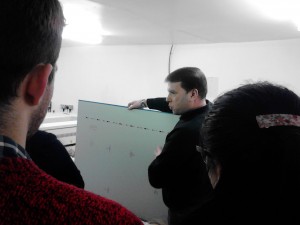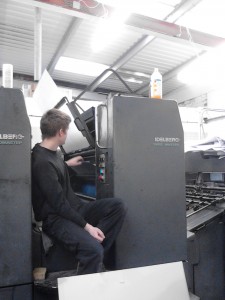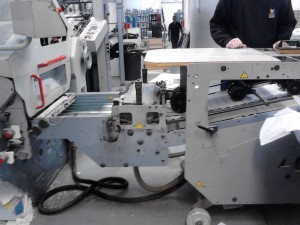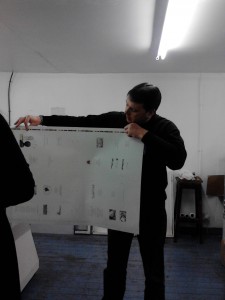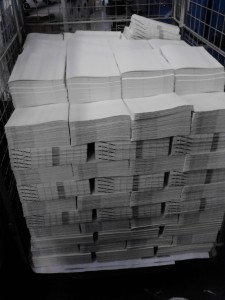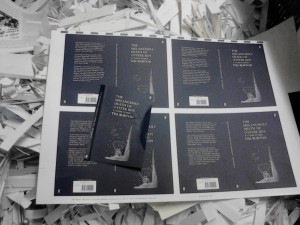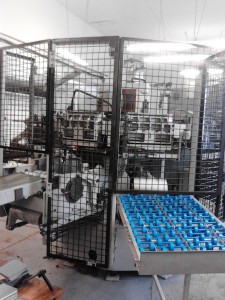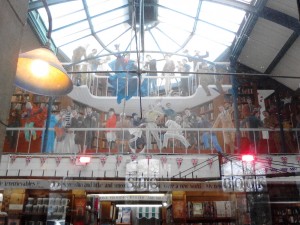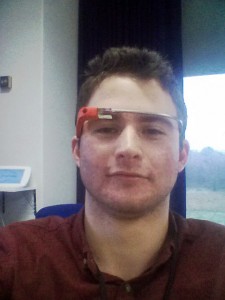 ‘The future is now!’ I’ve always found it good practice to begin blog posts with overused clichés.
‘The future is now!’ I’ve always found it good practice to begin blog posts with overused clichés.
‘Google Glass haters attack woman’ – well, not a cliché, but as titles of articles go, pretty catchy. Google Glass, which takes technology to a whole new level, has been met with both excitement and suspicion. One the one hand, the Glass comprises one cool (that’s ‘student speak’ for revolutionary) bit of technological synthesis. On the other, people are saying, sometimes rather facetiously: ‘Google? I’m sure they’ll make sure that none of this material turns up in the wrong place…’ Google? Aye, right.
But seriously, future, now. As part of my internship with HarperCollins UK (in Bishopbriggs), I managed to get into one of the Google Glass demonstrations recently. The Glasses are only currently available in the USA, and even then, they’re only trialling 10,000. HCP got a few over to the UK through their US branch.
There are a few glitches in them yet: they would respond to anyone speaking (not helpful if in a busy café or street); they couldn’t tell me how to get back to Rhode Island; and they really like taking pictures (I see what you did there, Google…). Taking a photo is so easy, in fact, it’s as easy as blinking. Actually, blink, and Google Glass will take a photo. Videos are just as stress-free – I’ll get back to that later.
They’re operated through finger swiping, voice commands, head tilting and a few other animations. They’ll perform a number of simple operations, such as searching Bing (just kidding, Google), video conference calls, translating – most of the things Google’s well known for. It even knew where the closest prison was (answer, just across the field!). Voice recognition was a bit trickier; they needed the token American (that’s me!) to say ‘share to Twitter’, as the Scottish accent hasn’t been programmed in yet. I’ll let that one slide, as they are only supposed to be dealing with the American twang just now.
The translation feature was mind-boggling. A co-worker brought in a piece of Spanish poetry and when we looked at it through the Glasses, the English translation was superimposed over the text – as if the Spanish wasn’t even there. Just keep in mind, the translation’s only as good as Google Translate is – so a bit lacking. But for travel and the like (I’m thinking menus and road signs), you’d do worse then walking around being able to read everything in a foreign country! Consider the ramifications for foreign rights sales for publishing if these were to catch on…
So, videos. You’re out in a club, doing silly things, and someone’s recording. People already do that with cameras/smartphones, right? Well, you can’t really tell if someone’s taking a photo or recording you with these. It’s a bit invasive on a few fronts. Due to a range of questions concerning privacy, spying, and surveillance (something which Google is really good at doing at a profit), they’ve already been banned in a number of locations (and they’re not even on the market yet!).
Furthermore, a lady was fined in the US for driving while operating Google Glasses. Although technically not against the law, the authorities finagled the rules to charge her with operating a TV/monitor while operating a motor vehicle. As well, in February, a woman was ‘attacked’ by ‘haters’ in San Francisco when she refused to remove her glasses (Telegraph, 26 Feb). So begins the revolution.
Or rather, in a few months (?), when they’re released at long last. They’re currently upwards of $1,500 a glass, but they’re estimated to retail around $600. Battery power only lasts around 2 hours just now, but I think that with the rapidity of technological evolution which drives these things, that might be sorted out soon. Who knows, at the end of this year, you may be buying a Google Glass add-on for your loved one’s prescriptions for Christmas.
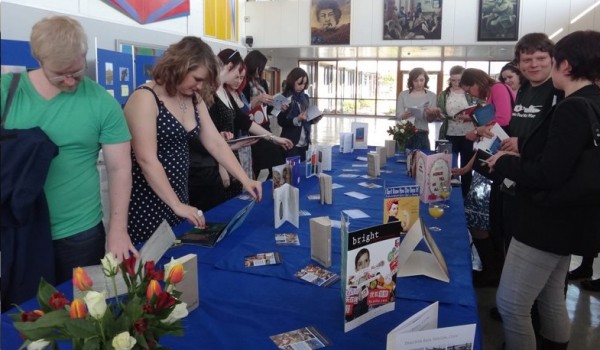 We’re already nearing the end of classes for 2013-14!
We’re already nearing the end of classes for 2013-14!